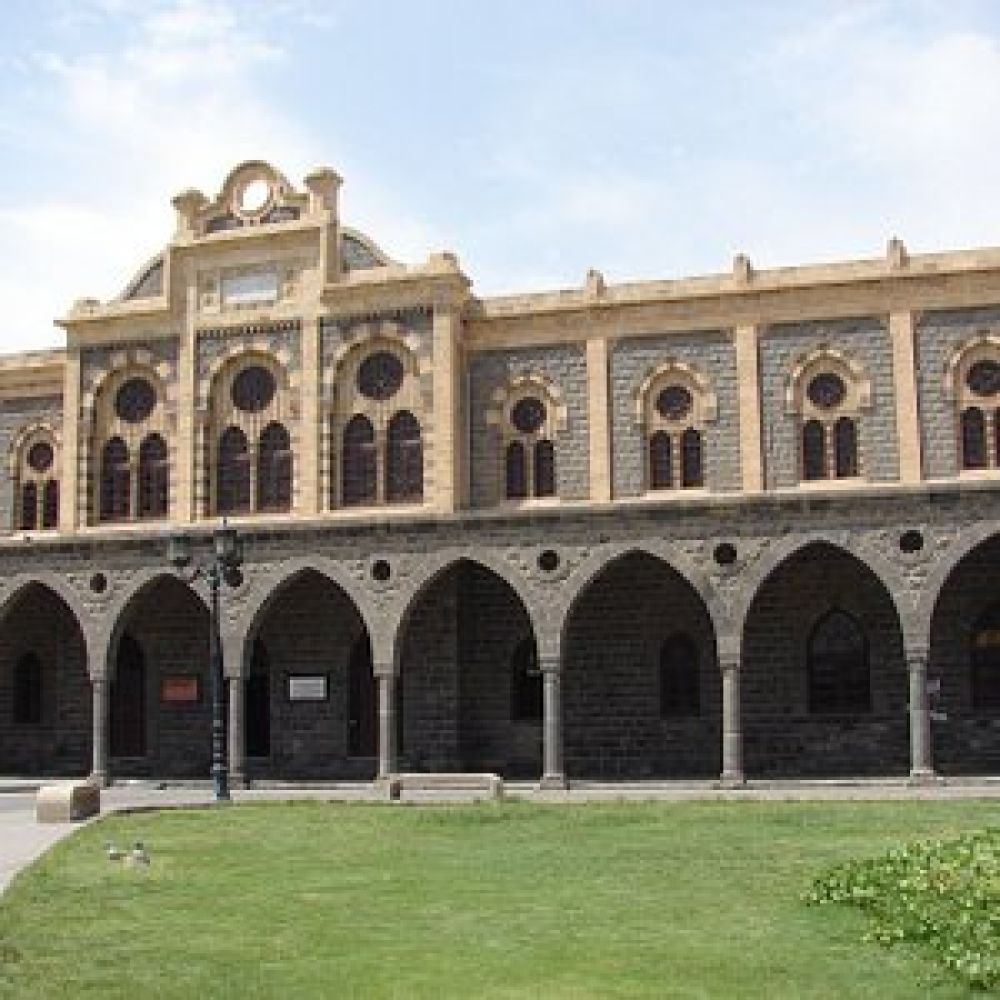

The city of Medina, also known as Madinah, has been a focal point for religious tourism for centuries, being the second holiest city in Islam after Mecca. It is the final resting place of the Prophet Muhammad and home to the Prophet's Mosque, Masjid an-Nabawi, which is a major pilgrimage site for Muslims around the world.
Historically, tourism in Medina has been primarily religious, with the majority of visitors coming for Hajj and Umrah, religious pilgrimages that bring millions of Muslims to Saudi Arabia annually. Pilgrims traditionally visit Medina before or after completing their religious duties in Mecca.
The establishment of Dar Al Madinah Museum has added a cultural dimension to the city's tourism offerings. This museum offers visitors a chance to learn about the Islamic heritage, the history of the city, and the life of the Prophet Muhammad. It was opened to provide deeper insights to both pilgrims and non-pilgrim visitors into the rich tradition and history of Medina.
Dar Al Madinah Museum is one of the most significant cultural institutions in the city, featuring a collection of artifacts, models, manuscripts, and exhibits that showcase the history of Islam and the Arabian Peninsula. Visitors can explore various detailed miniatures and displays including the life-size model of Madinah during different historical periods, thus offering a unique perspective on the city’s development through time.
Recently, Saudi Arabia has been moving towards diversifying its tourism industry with the introduction of the Saudi Vision 2030 program. This national plan aims to reduce Saudi Arabia's dependence on oil by diversifying its economy and developing public service sectors such as tourism, recreation, and culture.
As part of this initiative, the country has relaxed its visa policies, making it easier for non-religious tourists to visit Saudi Arabia. Specifically, the launch of the tourist e-visa has opened new opportunities for tourists to discover the country's hidden treasures, including Dar Al Madinah Museum.
Furthermore, there is a growing emphasis on promoting historical and cultural tourism alongside religious pilgrimages. This shift is enhancing the visitor experience in Medina by providing a more holistic view of its religious and cultural significance.
Dar Al Madinah Museum stands as a beacon of Medina’s rich history and religious importance. Whether the visits are driven by faith or an interest in history and culture, the museum plays a crucial role in enriching the understanding of visitors from around the globe.